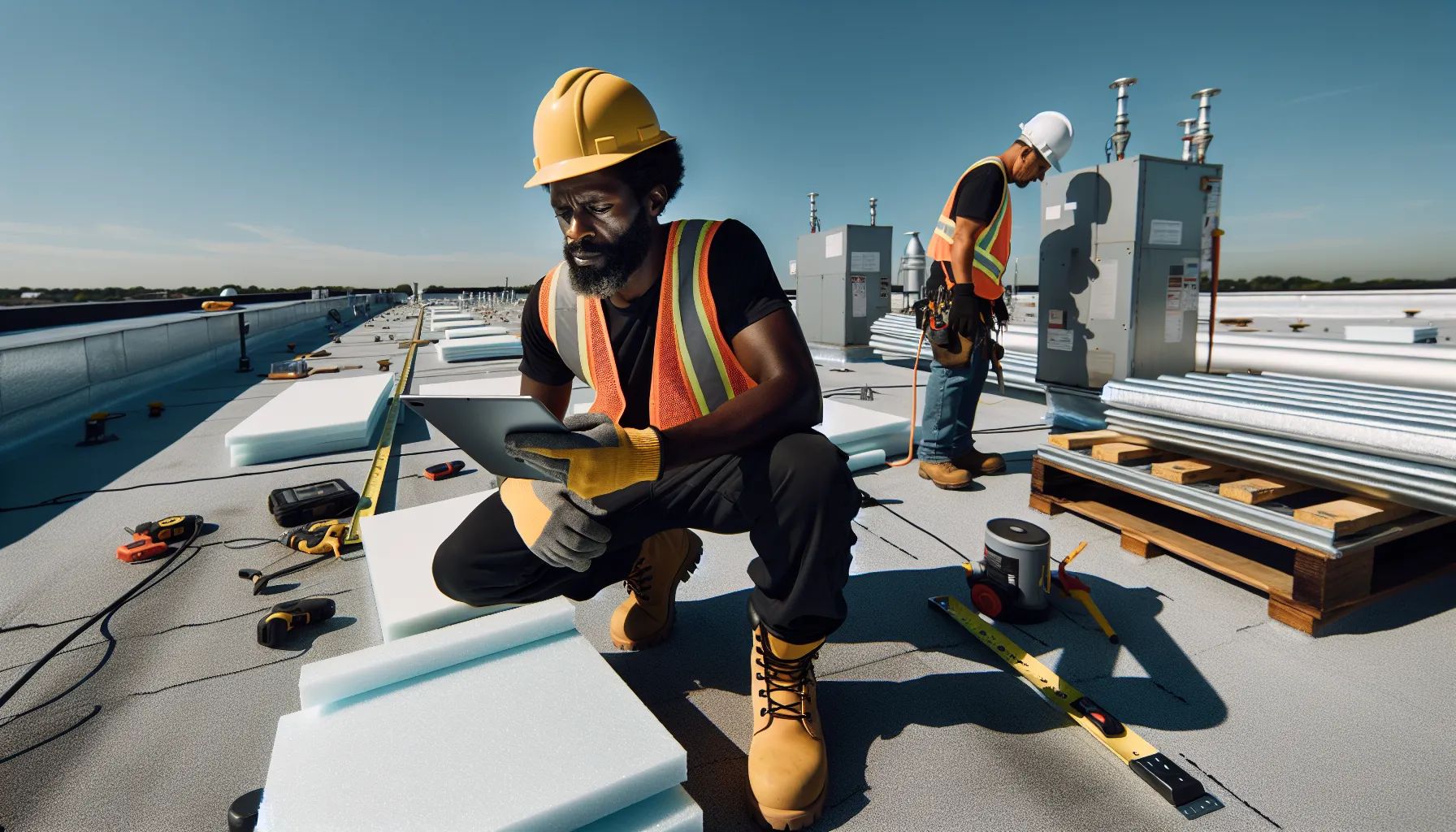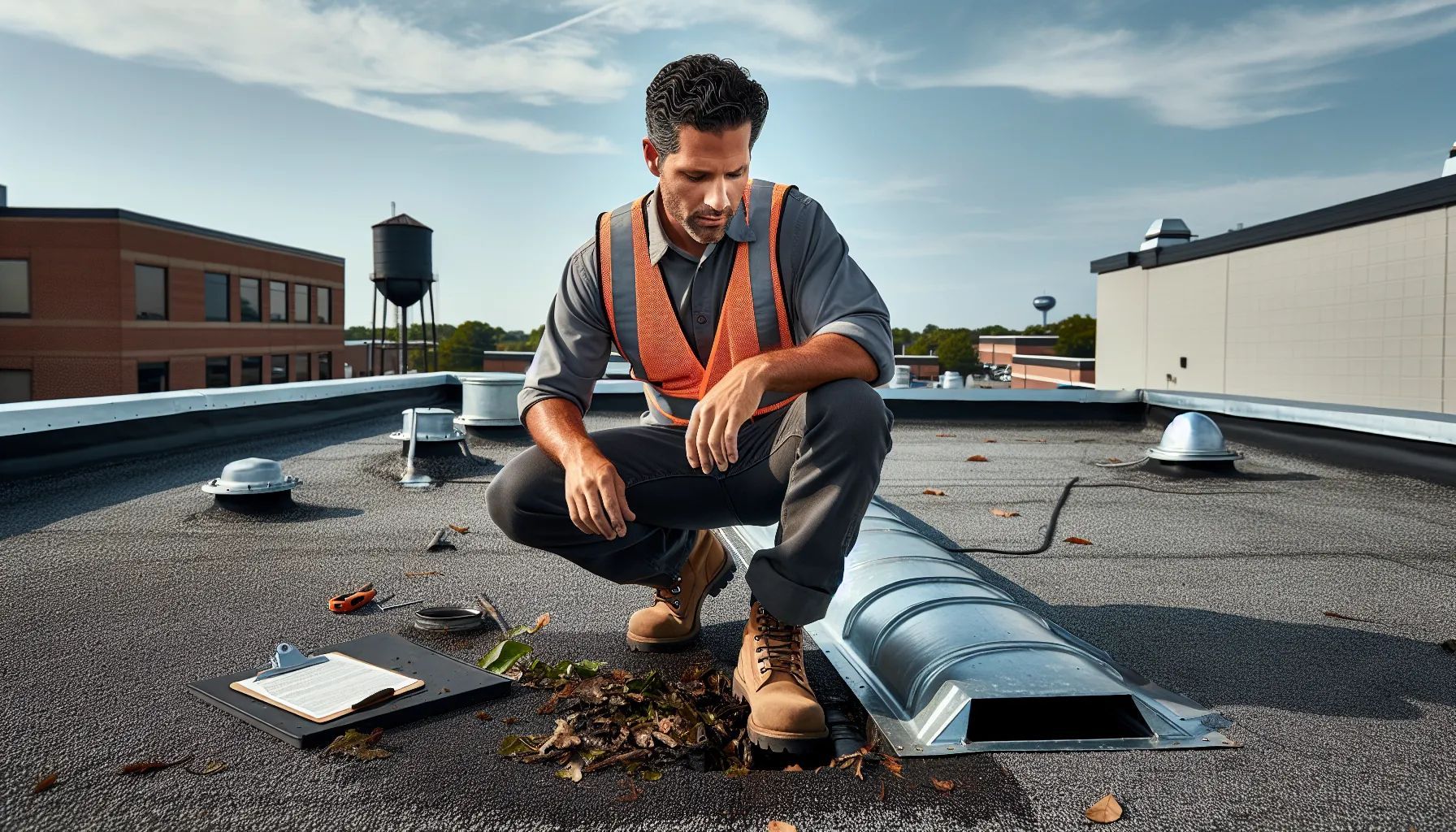New Roof Loans: Your Complete Guide to Financing a Roof Replacement in St. Petersburg
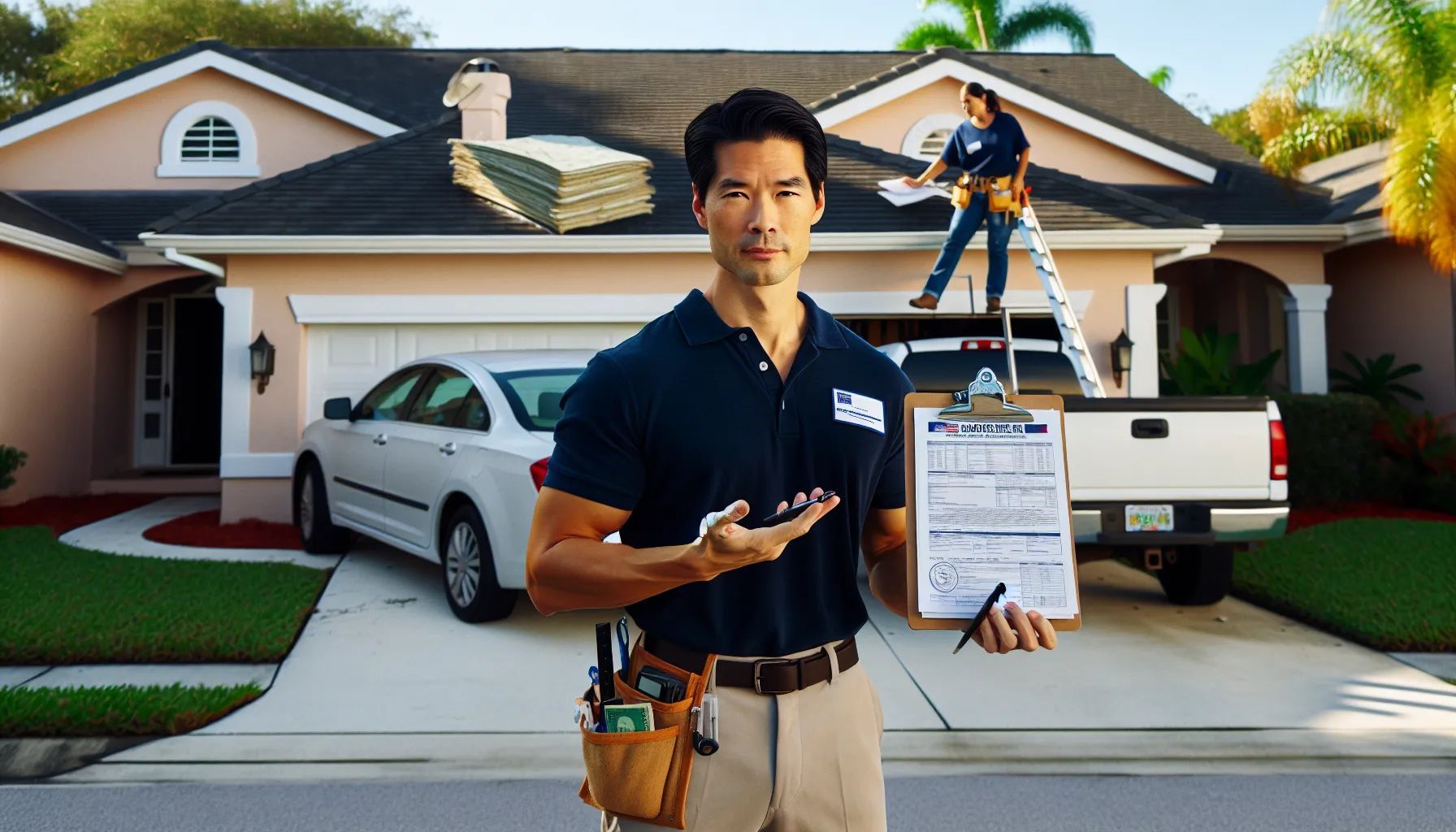
Your roof just failed its inspection. Or maybe Hurricane season left you with missing shingles and water stains on your ceiling. Either way, you need a new roof, fast. But with costs ranging from $7,000 to $15,000+ in Florida, you're staring at a bill that feels impossible to pay upfront.
That's where new roof loans come in.
We've helped dozens of St. Petersburg homeowners navigate roof financing, and we know exactly what works. In this guide, we'll walk you through every financing option available, from personal loans to contractor programs, plus show you how to pick the right one, avoid costly mistakes, and work with local roofers who understand Florida's unique building codes.
By the end, you'll know exactly how to fund your roof replacement without draining your emergency fund.
Let's get started.
Understanding Roof Financing: What You Need to Know
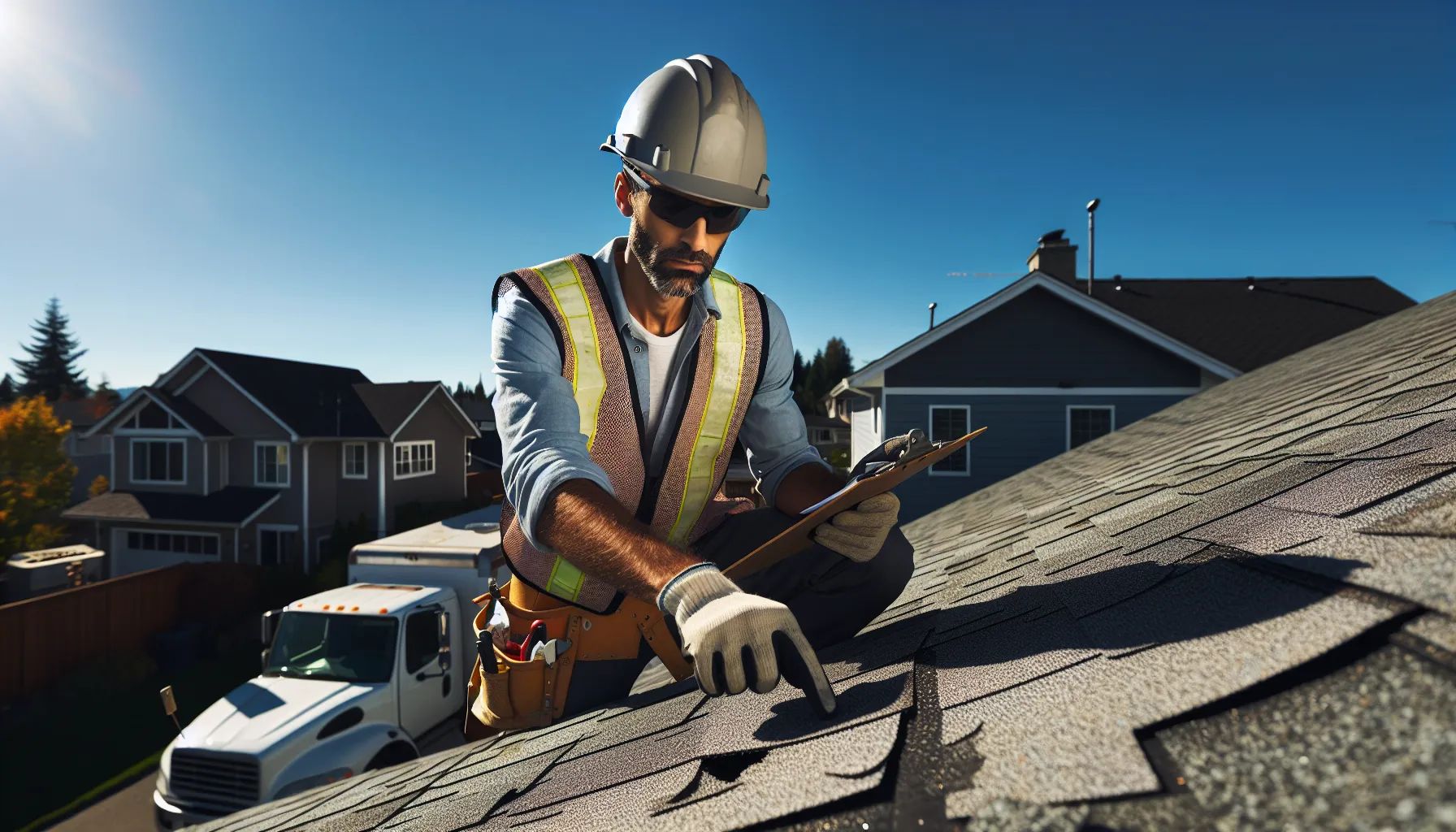
What Are Roof Loans and How Do They Work?
A roof loan is simply borrowed money dedicated to paying for your roof replacement or major repairs.
You receive the funds upfront, either as a lump sum or line of credit, and repay the lender over time with interest. Repayment terms typically range from 1 to 30 years depending on the type of loan you choose.
Most roof loans fall into one of these categories:
- Unsecured personal loans: No collateral required, faster approval, but higher interest rates
- Secured loans (home equity loans or HELOCs): Your home backs the loan, which usually means lower rates
- Government-backed options: FHA Title 1 loans designed for home improvements
- Contractor financing: Offered directly through your roofing company or their lending partners
Approval depends on your credit score, income, debt-to-income ratio, and sometimes how much equity you have in your home.
Interest rates vary widely. Personal loans might charge 8%–36%, while home equity products often sit between 6%–12%.
When Should You Consider Financing Your Roof?
Not every roof needs immediate replacement. But there are clear situations where financing makes sense.
Finance your roof if:
- Your roof is actively leaking or has structural damage
- Storm damage occurred and repairs won't cut it
- An insurance claim was denied or only covered partial costs
- Your inspector flagged end-of-life shingles (curling, missing granules, or widespread cracking)
- You're selling soon and buyers demand a new roof
- You don't have $10,000+ sitting in savings
In St. Petersburg, we see homeowners wait too long. Florida's heat and humidity accelerate roof aging. A small leak becomes mold. Missing shingles invite water intrusion during the next tropical storm.
Waiting can triple your repair bill.
Financing lets you act now and spread the cost over months or years instead of risking catastrophic damage.
How Much Does a New Roof Cost in Florida?
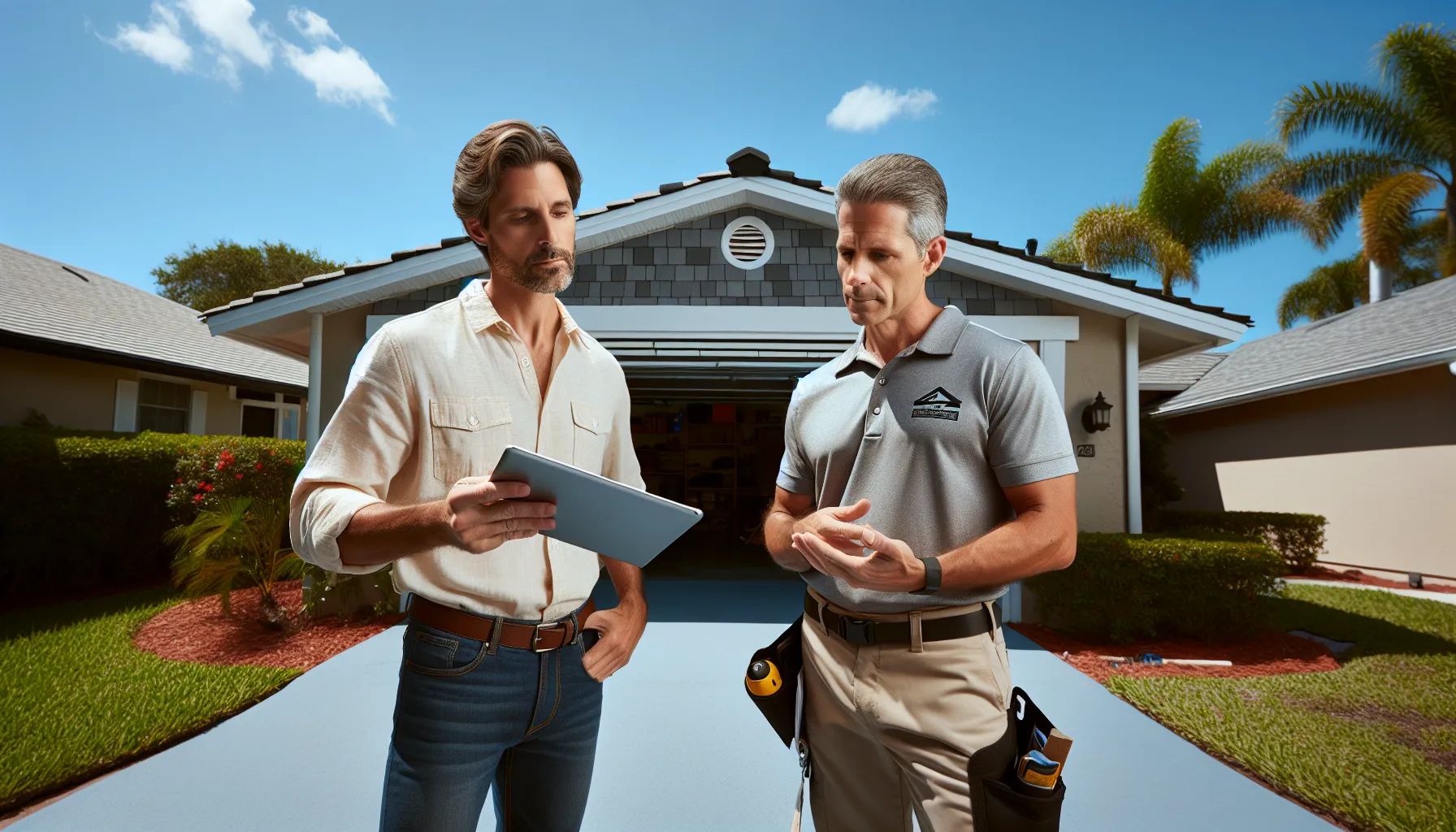
Factors That Affect Roof Replacement Costs
Roof replacement isn't a flat-rate service. Costs swing based on several variables.
Size and complexity matter most. A simple 1,500-square-foot ranch costs far less than a 3,000-square-foot two-story with multiple valleys and dormers.
Material choice drives price:
- Asphalt shingles: $7,000–$12,000 for an average home
- Architectural shingles: $9,000–$15,000
- Metal roofing: $12,000–$25,000+
- Tile roofing: $15,000–$30,000+
Tear-off vs. overlay: Removing old roofing adds $1,000–$3,000 but is often required by code and recommended for longevity.
Pitch and accessibility: Steeper roofs cost more due to safety equipment and labor time. Hard-to-reach properties increase crew hours.
Permits and inspections: Florida requires permits for most roof work, adding $200–$500.
Labor rates: St. Petersburg-area labor runs higher than rural Florida due to demand and cost of living.
Florida-Specific Cost Considerations
Florida isn't your average roofing market.
Hurricane building codes require wind-rated materials and installation methods. You'll pay more for impact-resistant shingles or upgraded underlayment that meets Florida Building Code.
Insurance requirements: Many insurers now mandate roofs under 15 years old or specific wind ratings to maintain coverage. That pushes homeowners toward premium materials.
Climate wear: Sun, salt air, and storms beat up roofs faster here. We see 20-year shingles fail at 15 years regularly.
Higher permitting standards: Pinellas County enforces strict inspections. Your contractor needs to meet these, which adds time and cost but protects your investment.
Bottom line? Budget $10,000–$15,000 for a standard asphalt roof replacement in St. Petersburg. Complex projects or premium materials push that to $20,000 or beyond.
The Best Roof Financing Options Available

Personal Loans for Roof Replacement
Personal loans are the most popular choice for roof financing.
How they work: You borrow a fixed amount (say, $12,000) and repay it in equal monthly installments over 2–7 years. Interest rates depend on your credit score.
Good credit (720+) might get you 8%–12%. Fair credit (650–719) sees 12%–20%. Below 650? Expect 20%–36%.
Pros:
- No collateral required
- Fast approval (sometimes same-day funding)
- Fixed rates and predictable payments
- You can shop multiple lenders easily
Cons:
- Higher interest than secured loans
- Shorter terms mean higher monthly payments
- Origination fees (1%–8% of loan amount) are common
Best for: Homeowners who need money fast, have decent credit, and want to avoid using their home as collateral.
We've seen St. Petersburg clients close personal loans in 48 hours and start their roof replacement that same week.
Home Equity Loans and HELOCs
If you've built equity in your home, these options offer the lowest rates.
Home equity loan: You borrow a lump sum against your home's value and repay it at a fixed rate over 5–30 years.
HELOC (Home Equity Line of Credit): Works like a credit card. You draw what you need up to a limit, pay interest only on what you use, and repay over time.
Pros:
- Interest rates as low as 6%–10%
- Interest may be tax-deductible if used for home improvement
- Longer repayment terms = lower monthly payments
- HELOCs offer flexibility to use funds as needed
Cons:
- Your home is collateral (foreclosure risk if you default)
- Slower approval (1–4 weeks)
- Closing costs ($500–$2,000+)
- HELOC rates can be variable and increase over time
Best for: Homeowners with significant equity, strong credit, and who prefer lower rates and longer terms.
Many of our clients in older St. Petersburg neighborhoods have substantial equity and save thousands in interest this way.
FHA Title 1 and Government-Backed Loans
FHA Title 1 loans are designed specifically for home improvements like roof replacement.
How they work: The government backs the loan, reducing lender risk. You can borrow up to $25,000 without using your home as collateral.
Pros:
- Lower credit score requirements (often 600+)
- Competitive interest rates
- No equity required
- Terms up to 20 years
Cons:
- Paperwork is more involved
- Fewer lenders offer them
- Loan limits may not cover high-end roofs
Best for: Homeowners with limited equity or lower credit scores who still want reasonable rates.
We recommend checking with lenders who specialize in FHA products, not all banks advertise this option.
Contractor Financing Programs
Many roofing companies partner with financing companies to offer in-house payment plans.
How they work: Your contractor submits your application to a third-party lender (like GoodLeap, Sunlight Financial, or Mosaic). Approval happens quickly, and payments integrate directly with your project.
Pros:
- One-stop shopping (contractor handles paperwork)
- Promotional offers like 0% APR for 12–18 months
- Fast approval (often within hours)
- Flexible terms (some up to 25 years)
Cons:
- Deferred interest traps: if you don't pay off the balance during the promo period, interest accrues retroactively
- Rates after promo periods can be high (15%–25%)
- Less transparency, contractor may not disclose all fees
Best for: Homeowners who value convenience and can pay off the balance during 0% promo windows.
At Ambiente Homes, we work with trusted financing partners and clearly explain all terms before you sign.
Credit Cards and Alternative Options
Credit cards work for smaller repairs or partial payments but rarely make sense for full replacements.
Pros:
- Instant access if you have available credit
- Rewards points or cash back
- 0% intro APR cards buy you 12–21 months interest-free
Cons:
- Credit limits often too low for a $10,000+ roof
- Regular APRs hit 18%–29% after intro period
- High utilization hurts your credit score
Best for: Emergency repairs under $3,000 or bridging a gap while waiting for insurance or loan approval.
Other alternatives:
- Family loans: Borrow from relatives with flexible terms
- 401(k) loans: Borrow against retirement savings (risky but possible)
- Cash-out refinance: Refinance your mortgage and take extra cash (makes sense only if rates are favorable)
Benefits of Financing Your Roof Replacement

Immediate Protection Without Depleting Savings
A failing roof doesn't wait for your bank account to catch up.
Leaks lead to mold, rotted decking, damaged insulation, and ruined belongings. In Florida, one tropical storm can turn a small problem into a $30,000 disaster.
Financing lets you replace your roof now, before damage spreads.
You keep your emergency fund intact for actual emergencies (medical bills, car repairs, job loss). Your roof gets fixed. Your home stays protected.
We've seen clients avoid $15,000 in water damage because they financed a $10,000 roof replacement instead of waiting six months to save up.
Flexible Payment Plans That Fit Your Budget
Not everyone can drop $12,000 in one shot.
Financing spreads that cost into manageable monthly payments. A $12,000 loan at 10% over five years costs about $255/month. Over seven years? Closer to $195/month.
You choose the term that fits your budget.
Plus, financing often increases your buying power. Instead of a budget-grade shingle roof, you might afford architectural shingles or even a metal roof that lasts decades longer.
Better materials mean fewer repairs, longer warranties, and higher resale value. Financing turns a necessary expense into a smart investment.
How to Choose the Right Roof Loan for Your Situation

Comparing Interest Rates and Terms
Interest rate isn't the only number that matters, but it's a big one.
A 2% difference in rate can cost you thousands over the life of the loan.
Example: Borrow $12,000 over five years.
- At 8% APR: You pay $2,600 in interest
- At 12% APR: You pay $4,000 in interest
- At 18% APR: You pay $6,100 in interest
Always compare the APR (annual percentage rate), not just the interest rate. APR includes fees and gives you the true cost of borrowing.
Term length also matters. Longer terms mean lower monthly payments but more total interest. Shorter terms save money but strain your monthly budget.
Run the numbers both ways before deciding.
Understanding Your Credit Options
Your credit score determines which loans you qualify for and at what rate.
Excellent credit (740+): You'll get the best rates on personal loans, home equity products, and contractor financing. Shop around, you have leverage.
Good credit (670–739): Most options are open to you, though rates will be slightly higher. You might still snag promotional 0% offers through contractors.
Fair credit (580–669): Personal loans become expensive. Consider FHA Title 1 loans, home equity if you have it, or contractor financing with longer terms.
Poor credit (below 580): Options narrow. Look at FHA programs, co-signers, or saving for a larger down payment to reduce loan size. Some contractor financing companies work with lower scores but expect high rates.
Check your credit score before applying. Dispute errors. Pay down credit card balances to improve your score quickly.
Evaluating Total Cost vs. Monthly Payments
Don't focus only on affordability. Look at the full picture.
Scenario A: $12,000 at 8% over three years = $376/month, $1,540 total interest
Scenario B: $12,000 at 8% over seven years = $195/month, $4,380 total interest
Scenario B costs $2,840 more but frees up $181/month in your budget.
Which is better? Depends on your situation.
If cash flow is tight, the lower payment wins. If you can afford higher payments, the shorter term saves you money.
Also consider:
- Prepayment penalties: Can you pay off early without fees?
- Origination fees: A 5% origination fee on $12,000 adds $600 upfront
- Late fees: What happens if you miss a payment?
Read the fine print. Ask questions. A loan that looks cheap on paper can cost more once fees stack up.
Working with Your Homeowners Insurance for Roof Financing

When Insurance Covers Roof Damage
Homeowners insurance often pays for roof damage caused by covered perils, like hurricanes, fallen trees, or hail.
What's typically covered:
- Wind damage from storms
- Sudden impact (tree limbs, debris)
- Fire or lightning strikes
What's NOT covered:
- Normal wear and tear
- Roofs older than 15–20 years (many policies exclude or depreciate heavily)
- Neglected maintenance
- Cosmetic damage without functional issues
After a storm, document damage with photos and contact your insurer immediately. Get an inspection from a licensed roofer who can provide a detailed estimate.
If your claim is approved, insurance pays for replacement minus your deductible.
Financing Your Insurance Deductible
Florida homeowners often carry high deductibles, $2,500 to $10,000 or even a percentage of the home's value.
Even if insurance covers your roof, you might need financing to pay that deductible.
Your options:
- Use a personal loan or credit card for the deductible amount
- Ask your contractor about payment plans for your out-of-pocket costs
- Tap a HELOC if you have one open
Some contractors offer "deductible financing" programs specifically for insurance claims. These are usually short-term loans with promotional rates.
Be cautious of contractors who offer to "waive" or "cover" your deductible. That's insurance fraud and can void your claim.
We work transparently with insurance adjusters and help clients understand their true out-of-pocket costs before any work begins.
How to Apply for Roof Financing: Step-by-Step Process

Getting Quotes from Licensed Roofing Contractors
Start by getting at least three written estimates from licensed, insured roofers in the St. Petersburg area.
What to request:
- Detailed scope of work (tear-off, materials, permits, cleanup)
- Material specifications (brand, type, warranty)
- Labor costs broken out separately
- Timeline for completion
- Payment terms
Red flags to avoid:
- Contractors who demand full payment upfront
- Estimates without detailed line items
- Unlicensed or uninsured companies
- Pressure tactics or limited-time offers
Once you have quotes, you'll know exactly how much financing you need.
At Ambiente Homes, we provide transparent, itemized estimates and explain every cost so there are no surprises.
Submitting Your Loan Application
Once you've chosen your financing option, gather your documents and apply.
What lenders typically require:
- Proof of income (pay stubs, tax returns, bank statements)
- Social Security number and ID
- Home ownership documents (for secured loans)
- Credit authorization
Steps to apply:
- Pre-qualify online: Many lenders let you check rates without a hard credit pull
- Compare offers: Look at APR, terms, fees, and monthly payment
- Submit full application: Provide requested documents
- Review loan agreement: Read all terms before signing
- Receive funds: Personal loans fund in 1–7 days: home equity loans take 2–4 weeks
Pro tip: Apply to 2–3 lenders within a 14-day window. Credit bureaus count multiple mortgage or loan inquiries as a single hit if done quickly.
Contractor financing often streamlines this. Your roofer submits the application, and approval happens in hours. Just make sure you understand all terms before signing.
Choosing the Right Roofing Contractor with Financing Options
Benefits of Local St. Petersburg Roofers
Hiring a local roofing contractor offers advantages you won't get from out-of-state companies.
Local roofers know Florida codes. St. Petersburg and Pinellas County enforce strict wind ratings, flashing details, and inspection requirements. We navigate these daily.
Faster response times. When a storm hits, local crews are here. National chains might take weeks to reach you.
Community reputation matters. We live and work here. Our reputation depends on quality work and happy neighbors.
Familiarity with insurance and financing. We work with local adjusters and financing partners who understand the Florida market.
At Ambiente Homes, we've served the St. Petersburg area for years. We know which materials hold up best in our climate, how to handle permitting, and which financing programs work for our clients.
Questions to Ask Your Contractor About Financing
Before you commit, ask your contractor these questions:
About financing programs:
- What financing options do you offer?
- Which lenders do you partner with?
- What are the interest rates and terms?
- Are there promotional 0% APR periods?
- What happens if I can't pay off the balance during the promo period?
About costs and transparency:
- What's the total project cost, including financing fees?
- Are there origination fees or prepayment penalties?
- Can I pay extra toward the principal without penalty?
- What's included in the loan amount (materials, labor, permits)?
About the project:
- What's the timeline from loan approval to project completion?
- Do you handle permits and inspections?
- What warranty do you offer on labor and materials?
- What happens if costs increase after the loan is approved?
A trustworthy contractor will answer every question clearly and put everything in writing.
We encourage our clients to ask tough questions. Transparency builds trust and prevents misunderstandings down the road.
Common Mistakes to Avoid When Financing a New Roof
Not shopping around. The first financing offer you see might not be the best. Compare at least three lenders or financing programs.
Ignoring the fine print. Deferred interest promotions sound great, until you realize that if you don't pay off the balance in time, all that interest hits retroactively. Read every term.
Choosing a monthly payment you can't afford. Lenders approve you for what you can borrow, not necessarily what you should borrow. Budget realistically.
Skipping the credit check. Check your credit score and report before applying. Dispute errors. Improve your score if possible to qualify for better rates.
Skipping the credit check. Check your credit score and report before applying. Dispute errors. Improve your score if possible to qualify for better rates.
Overlooking total cost. A low monthly payment can hide a high total cost. Calculate how much interest you'll pay over the life of the loan.
Financing more than you need. Only borrow what your roof project actually costs. Extra cash sounds nice, but you're paying interest on every dollar.
Choosing the wrong loan type. Personal loans work great for some, while home equity loans make more sense for others. Match the loan to your situation.
Forgetting about insurance. If your damage might be covered, file a claim before financing the full amount. You might only need to finance the deductible.
Failing to ask about prepayment penalties. Some loans charge fees if you pay off early. If you plan to pay extra or refinance, make sure you can do so without penalty.
We've seen homeowners make these mistakes and regret it later. Take your time. Ask questions. Make an well-informed choice.
Conclusion
Your roof protects everything under it, your family, your belongings, your investment.
When it fails, you can't afford to wait. New roof loans give you the power to act immediately, spread the cost over time, and choose the best materials for your home and budget.
We've covered every financing option, from personal loans and home equity to FHA programs and contractor financing. You know what to look for, what to avoid, and how to pick the right loan for your situation.
Now it's time to take the next step.
Get a free, no-obligation roof inspection and financing consultation from Ambiente Homes.
Contact Us for a FREE ROOF INSPECTION
We will get back to you as soon as possible.
Please try again later.
We'll assess your roof, provide a detailed estimate, and walk you through financing options that fit your budget. Our team handles everything, from permits and inspections to working with your insurance company.
You don't have to navigate this alone. We've helped dozens of St. Petersburg homeowners finance and complete roof replacements that protect their homes for decades.
Contact us today to schedule your inspection and explore your financing options. Let's get your roof replaced and your peace of mind restored.
What credit score do I need to qualify for a new roof loan?
Most lenders require a credit score of 580 or higher for new roof loans. Excellent credit (740+) qualifies you for the best rates around 8-12%, while fair credit (580-669) may result in higher rates. FHA Title 1 loans often accept scores as low as 600.
How long does it take to get approved for roof financing?
Personal loans and contractor financing typically approve within 24-48 hours, with funding in 1-7 days. Home equity loans and HELOCs take longer, usually 1-4 weeks due to appraisals and closing requirements. Contractor financing programs often provide same-day approval.
Can I finance my insurance deductible for a roof replacement?
Yes, you can finance your insurance deductible through personal loans, credit cards, or contractor payment plans. Many St. Petersburg homeowners face deductibles of $2,500-$10,000, making financing a practical solution. However, avoid contractors who offer to waive your deductible as it's considered insurance fraud.
What's the difference between a home equity loan and a HELOC for roof financing?
A home equity loan provides a lump sum with fixed rates and payments over 5-30 years, while a HELOC works like a credit card with a draw limit and variable rates. Both offer lower rates (6-10%) than personal loans but use your home as collateral.
Are new roof loans tax deductible?
Interest paid on home equity loans and HELOCs used for substantial home improvements like roof replacement may be tax deductible. Personal loan interest typically isn't deductible. Consult a tax professional to determine your specific eligibility based on current IRS rules and your loan type.
What happens if I can't pay off a 0% promotional roof loan in time?
If you don't pay the full balance before the promotional period ends, deferred interest applies retroactively to the entire original loan amount. This can add thousands in unexpected costs, as rates typically jump to 15-25% APR on the accumulated interest.
